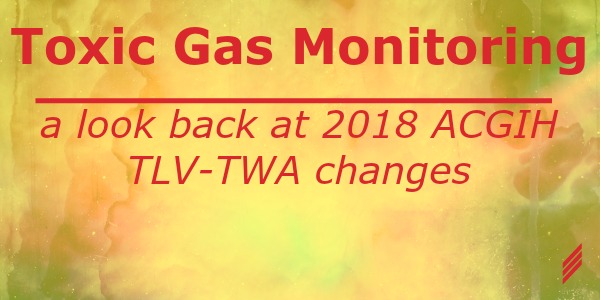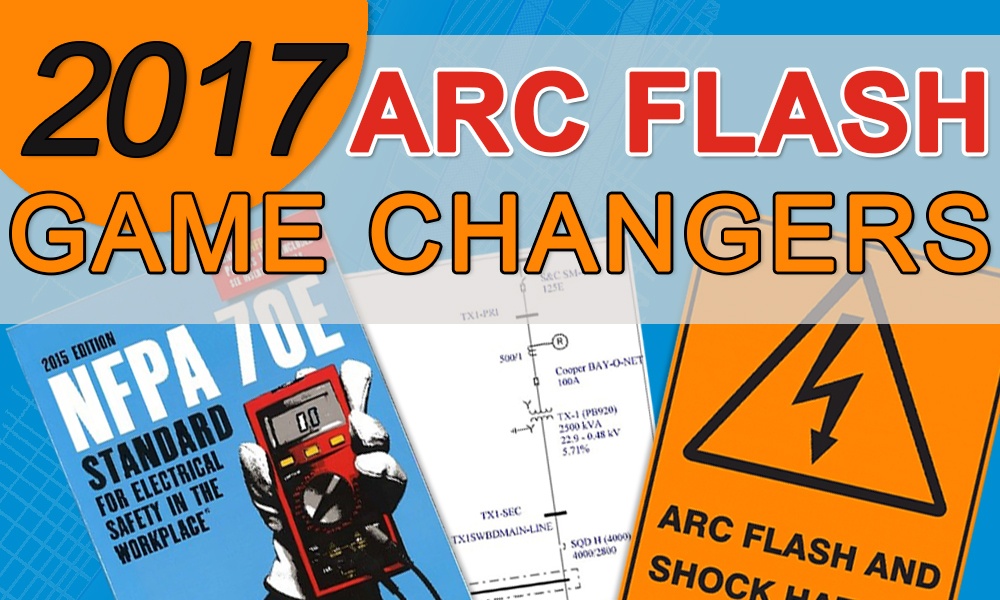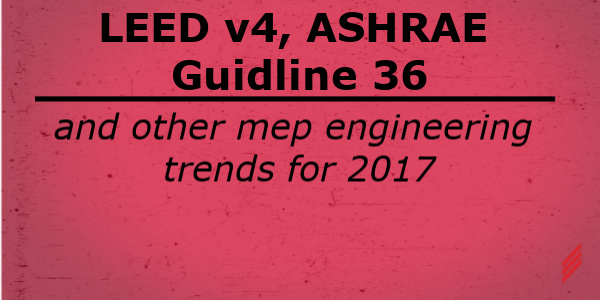Toxic Gas Monitoring – A Look Back at 2018 ACGIH TLV-TWA Changes
by John Kurowski on Dec 13, 2018 10:30:00 AM

Chlorine
In 2018, ACGIH changed the Time Weighted Average (TWA) for chlorine from 500 ppb (2017) to 100 ppb (2018). Why is this significant? Well, many single point, electrochemical monitoring devices cannot measure down to 100 ppb. The problem is exacerbated if you want to measure ½ TWA (50 ppb). The Honeywell MIDAS chlorine sensor has a documented Lower Alarm Limit of 240 ppb. Although the Lower Detection Limit may be lower than 240 ppb, it probably is not low enough to sense 50 or 100ppb. The Honeywell MIDAS was a viable option in 2017; it is no longer. Similarly, the Honeywell MST Satellite chlorine sensor has a documented Lower Detectable Limit of 150 ppb. Once again, a viable option in 2017, but not in 2018. Changing manufacturers, DOD Technologies New Cosmos PS7 chlorine sensor has a documented Lower Detection Limit of 250 ppb; in 2017, this was a good option, in 2018, it is not a good option.
The good news is that both Honeywell and DOD technologies offer multi point, chemical tape technology that can measure AND alarm down to 50 ppb chlorine. Interestingly, Drager offers a single point, electrochemical sensor that offers a Lower Detection Limit of 50 ppb. The Drager solution may allow you to measure at 50 or 100 ppb, but it is unclear if the device would allow you to accurately alarm at these low levels.
Phosphine
In 2018, ACGIH changed the TWA for phosphine from 300 ppb (2017) to 50 ppb (2018). Wow. If you want to measure ½ TWA (25 ppb), what did that do to our favorite single point, electrochemical cell detectors? The Honeywell MIDAS phosphine sensor has a documented Lower Alarm Limit of 145 ppb. Similarly, the Honeywell MST Satellite phosphine sensor has a documented Lower Detectable Limit of 50 ppb, but that generally means the Lower Alarm Limit is higher than that. Changing manufacturers, the New Cosmos PS7 chlorine sensor has a documented Lower Detection Limit of 50 ppb, and a suggested Lower Alarm Limit of 100 ppb.
Again, the good news is that both Honeywell and DOD technologies offer multipoint, chemical tape technology that can measure AND alarm down to 25 ppb phosphine. Drager offers a single point, electrochemical sensor that offers a Lower Detection Limit of 20 ppb. The Drager solution may allow you to measure at 25 or 50 ppb, but it is unclear if the device would allow you to accurately alarm at these low levels.
Arsine
Is it possible you were so busy that you missed the ACGIH change for arsine from 50 ppb to 5 ppb long before 2018? This change requires gas detection methods other than single point, electrochemical sensor technology.
These gases are just a couple of examples of changes that may affect the type of gas detection technology that you use in your lab or fab. Hallam-ICS has no preference of one gas detection technology over another, but Hallam-ICS is interested in the safety and well-being of persons working around hazardous gases. In addition to the companies and devices mentioned above, there are other excellent gas detection technologies.
Hallam-ICS is aware that this blog does not discuss OSHA Permissible Exposure Limit (PEL) levels and how they may relate to available gas detection technologies. Sometimes the OSHA PELs are different than the ACGIH TLV-TWA recommendations. OSHA and ACGIH clearly state that ACGIH TLV-TWAs are health-based values and are not to be used as standards. Conversely, OSHA also acknowledges that some gas users will use the ACGIH TLV-TWA as alarm points for gas detection.
Bonus question for 2018...
Do you know which commonly used semiconductor gas has an OSHA PEL limit below the ACGIH TLV-TWA recommendation? Engage me in discussion on this topic through our website: www.Hallam-ICS.com.
About the Author
John has a B.S. in Chemical Engineering from Penn State and a M.S. in Manufacturing Engineering from RPI. Prior to coming to Hallam-ICS, John had 30 years of experience working in Manufacturing/Process/Facilities Engineering for printed circuit board and semiconductor manufacturing. As a Senior Engineer at Hallam-ICS, John is responsible for the design and specification of Toxic Gas Monitoring Systems. He participates in all project design phases from concept through construction documents.
Read My Hallam Story
About Hallam-ICS
Hallam-ICS is an engineering and automation company that designs MEP systems for facilities and plants, engineers control and automation solutions, and ensures safety and regulatory compliance through arc flash studies, commissioning, and validation. Our offices are located in Massachusetts, Connecticut, New York, Vermont and North Carolina and our projects take us world-wide.
You May Also Like
These Related Stories

2017 Arc Flash Game Changers

The 2021 NFPA 70E Changes are Coming! 5 Major Changes You Need to be Aware of (Part 1 – Article 100)




No Comments Yet
Let us know what you think